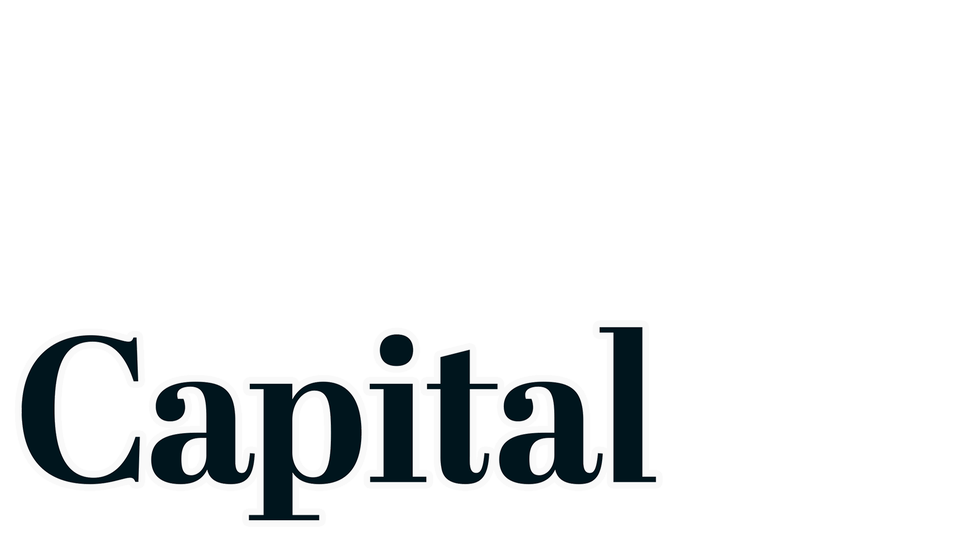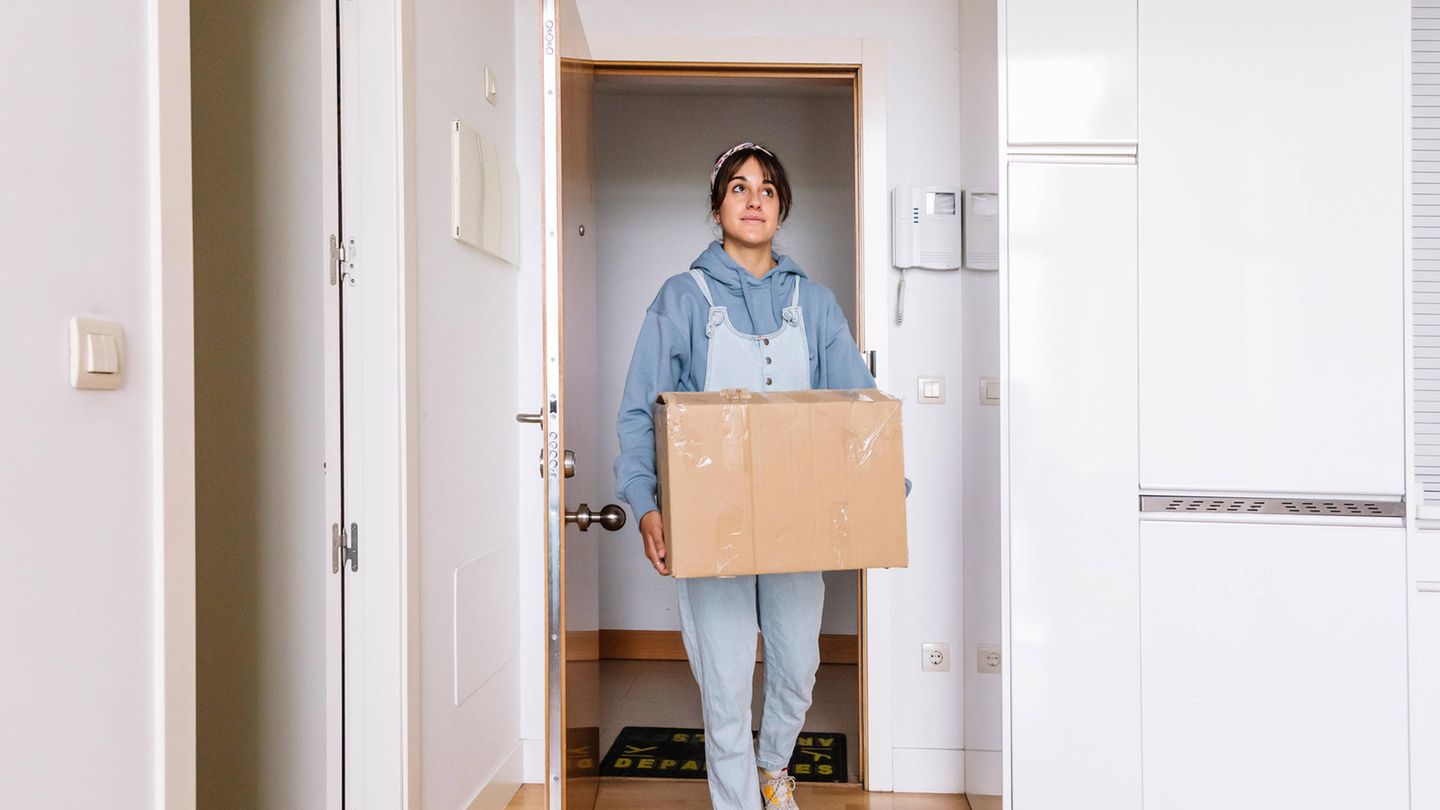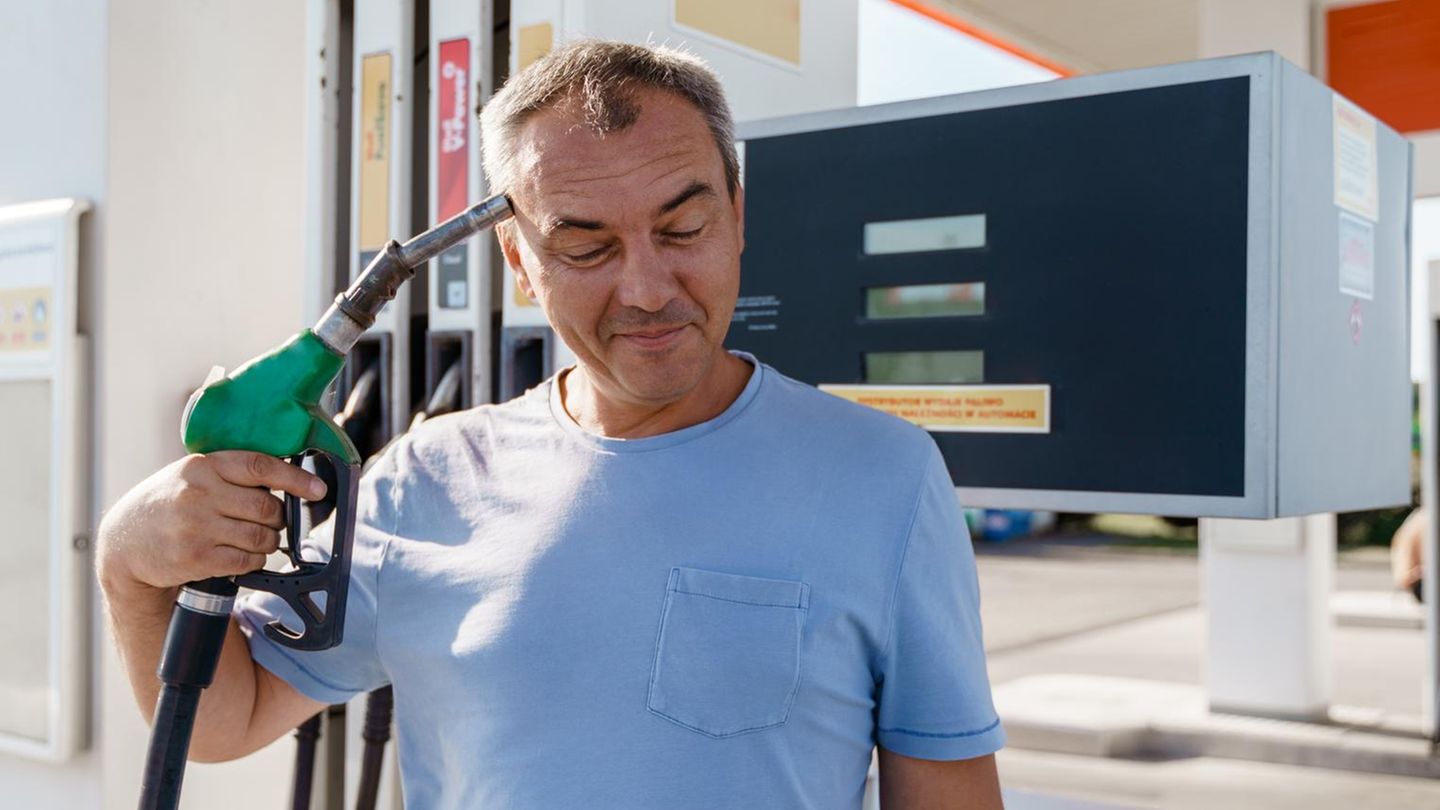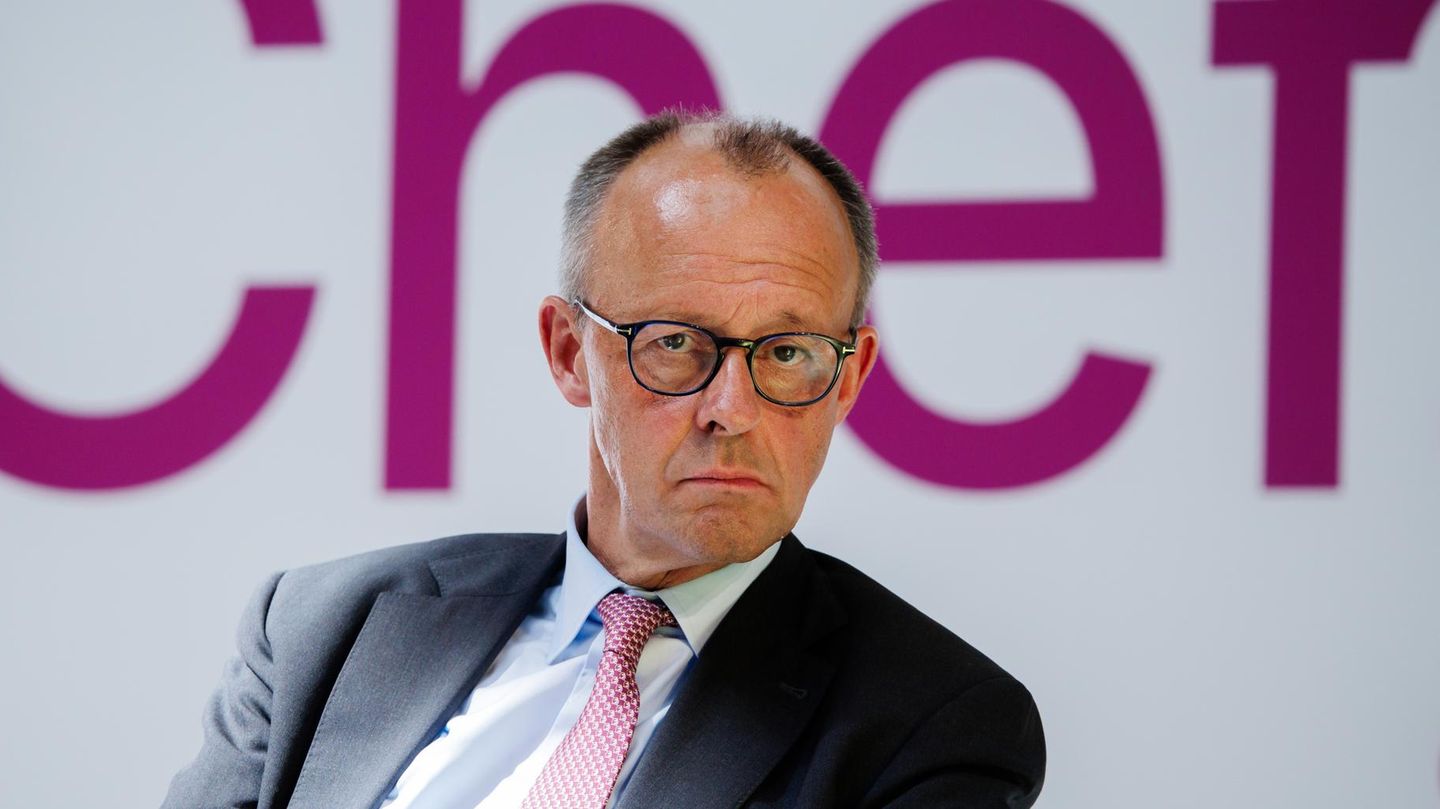As rent increases, the deposit amounts increase – up to three months’ net rent is usually used as security. Tenants can invest this cleverly and are entitled to the return.

This is original content from the Capital brand. This article will be available for ten days on stern.de. After that, you will find it exclusively on capital.de. Capital, like the star to RTL Germany.
Renting is becoming more and more expensive. In particular, those who move and sign a new rental agreement often pay significantly more than the average existing rent. This is the result of a response from the federal government to a request from the Left Party in the Bundestag, which is based on figures from the Federal Institute for Research on Building, Urban Affairs and Spatial Development (BBSR). In Berlin, for example, newcomers pay 26.7 percent more than in 2022.
What also increases is the rental deposit. This is calculated based on the net rent – the higher this is, the higher the deposit will be for the new tenancy. But if this additional financial hurdle has to be overcome before moving, tenants should at least make the best of it. Landlords must invest the deposit at market interest rates. By agreement, they or the tenant can also invest the amount in financial products that yield more than just minimal amounts and thus at least compensate for inflation.
Classic rental deposit accounts: Safe, but low returns
Landlords usually require three months’ rent, i.e. monthly rent without additional costs, as security. This is not compulsory; however, according to the law, the deposit may not be higher than three months’ rent. Tenants usually transfer this amount to an account of the landlord. Some also pay in cash. If tenants then do not pay the rent or damage the apartment, landlords are allowed to keep the corresponding part of the deposit. Landlords must invest the money in a fixed-interest trust account at market interest rates – separate from their other assets. They are not allowed to simply access it, because the money still belongs to the tenant.
Therefore, Section 551 of the German Civil Code obliges landlords to invest the sum and “pay the interest after the end of the tenancy.” To ensure that landlords actually invest the interest and to keep an eye on the sum, tenants can request proof at any time. If landlords do not provide this, the affected parties can reduce the rent by the amount of the deposit, according to a 2009 Federal Court of Justice ruling.
Despite interest rates rising slightly again, the rates on rental deposit accounts are negligible: DKB, for example, offers a free rental deposit account to anyone who has a current account there, but only 0.01 percent interest. Commerzbank offers at least 0.5 percent, but the account also costs a one-off fee of 59 euros. The traditional version of the rental deposit account does offer security, but the returns are quite poor despite the slightly increased interest rates.
Call money account for the rental deposit
The rule of thumb is: a rental deposit account in the landlord’s name with a market interest rate is the minimum, otherwise whatever the parties agree on in the rental agreement applies. Tenants therefore have a number of options to manage the money themselves and improve their returns. However, the landlords must agree to the alternative forms of investment. After all, they have a legitimate interest in what happens to the money.
For example, landlords can open their own tenant account, which offers better conditions, or suggest higher-yielding investments. For example, a call money account: These currently have a very attractive interest rate of around three percent. Nevertheless, this option is less common because the organizational aspects are somewhat complicated. The account must also be a trust account – which is then accessed not by the tenant as the account holder, but by the person renting the property. The bank must also approve the establishment, as trust accounts are subject to stricter requirements. Tenants are best advised to ask their bank directly whether such an account is possible there.
This is what rental deposits can do
Rental deposit accounts also offer significantly better return opportunities than traditional rental deposit accounts. One such account is offered by the Berlin asset manager Growney in collaboration with Sutor Bank. Here, the deposit amount is invested in ETFs. The tenant chooses an investment strategy and Growney takes care of the administration. The returns achieved are not distributed until the end of the rental period, but are reinvested.
Depending on the investment strategy chosen, Growny expects returns of between around 2.5 and 6 percent. Tenants and landlords sign a pledge declaration – as with the rental deposit account. This means that the amounts are separated from the assets and protected from possible private insolvency on both sides. However, Growny charges a one-off fee of just under 30 euros for this. There is also an annual service fee of 0.68 percent of the deposit value. With a deposit value of 4,500 euros, this is around 31 euros. By comparison: with a return of just 2.5 percent, the interest after three years of renting would be around 346 euros.
The Swiss start-up Evorest offers a similar concept. It allows both tenants and landlords to invest the deposit in ETFs and thus have the chance to generate returns. In order to limit the risk of default, however, only 25 to 75 percent of the deposit can be invested here, depending on the strategy. The start-up also charges fees: for the Invest 25 percent plan, there is an opening fee of 25 Swiss francs (around 26 euros) and an annual fee of 0.4 percent of the portfolio value; for the 75 percent plan, there is an additional annual fee of 0.6 percent of the portfolio value.
In addition, Evorest requires investors to top up the sum as soon as it falls below 80 percent of the original sum due to market fluctuations. The tenant therefore not only has to pay for any losses – the landlord can also access the profits. For example, if 4,500 euros were invested in the rental deposit when moving in and the deposit value has increased by 30 percent when moving out, landlords can access the entire deposit amount in the event of damage, i.e. the investment amount plus return. In the example calculation, the entire amount of 5,850 euros could be used up for any damage instead of the 4,500 euros invested.
Source: Stern




